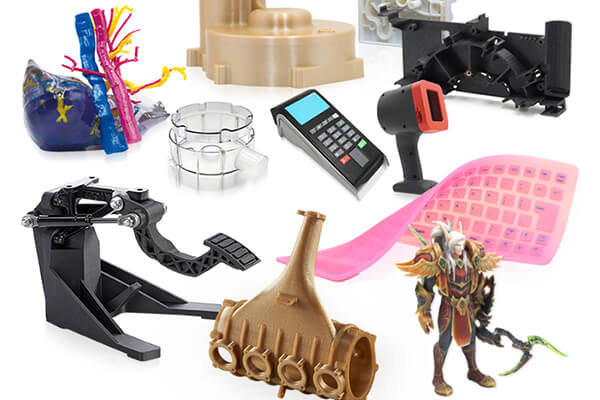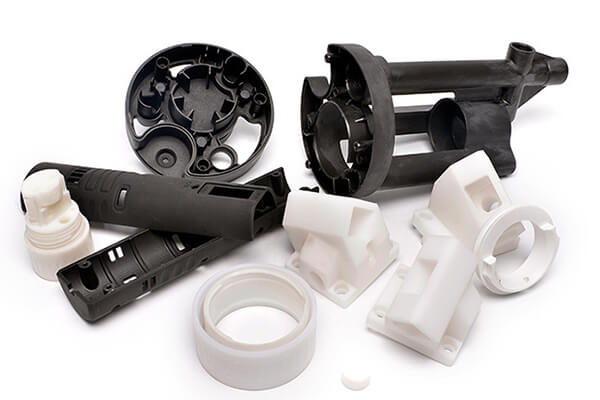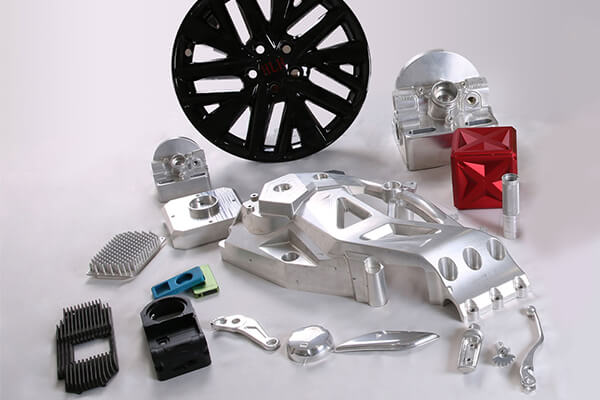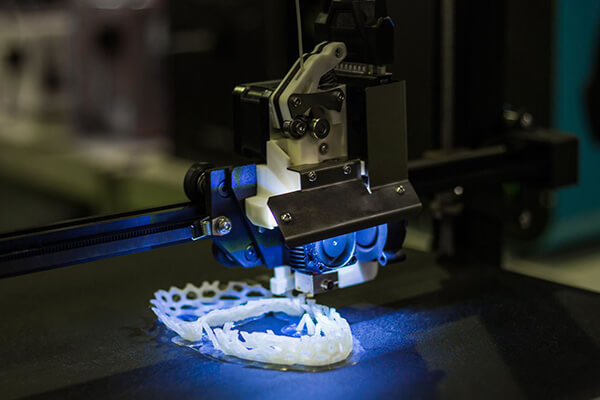What Is A Product Prototype? New Products Development
What is a Product Prototype?
A product prototype is a physical or digital representation of a product idea or design concept. It is produced during the product development process to visually, functionally and conceptually simulate how the final product will look and work to help the development team and potential users better understand and evaluate the potential of the product. Additionally, a product prototype can be considered an instance of a product that you plan to mass-produce. Although the unit cost of prototyping each product is higher, since only a few prototypes are usually required, the overall cost is much lower than the cost of ordering hundreds or even thousands of new products. Product prototypes play a critical role in moving from initial concept or design to mass production. Through product prototypes, it helps to reduce risks, save costs, and ensure that the final product meets user needs and expectations.
Materials Suitable for Making Product Prototypes
Prototype is usually an important step in the product development process to verify design concepts, functional performance and appearance. Prototype material selection should take into account the product’s purpose, testing needs, cost budget, and desired appearance and performance characteristics. Different materials have different characteristics and can meet the needs of different types of products. These factors need to be carefully evaluated to select the most suitable material before making a product prototype.
Sungplastic can provide various prototyping materials according to your project’s requirements, including plastics, metals, composites, and more.
Plastic Materials
Plastics are one of the common prototyping materials because they are suitable for a variety of different types of products. Commonly used plastic prototype materials include ABS, PC, PVC, polypropylene (PP), nylon, etc. These materials are suitable for making housings, packaging, parts and more.
Metal Materials
Certain products require metal prototypes to simulate the performance and appearance of the final product. Commonly used metal prototype materials include aluminum, steel, copper, magnesium alloys, etc. Metal prototypes are usually used in automotive parts, electronic equipment casings and other fields.
Silicone and Rubber
Silicone and rubber can be used to make product prototypess of soft or elastic materials, such as rubber seals, silicone keyboards, etc.
Composite Materials
Some composite products require similar materials to the final product to be used to make the product prototype. This can include composite materials such as carbon fiber, glass fiber, etc.
3D Printing Materials
3D printing technology is widely used to make prototypes, and can use a variety of plastics, metals and composite materials to create rapid prototypes.
Foam Material
Foam materials such as Styrofoam are often used to make lightweight prototypes, especially for large models and displays. They are widely used in fields such as architecture, advertising and stage design.
Wood
Wood prototypes are usually used for appearance models of products, such as furniture, decorations, etc. Wood is easy to work and carve, making it ideal for simulating the look of your products.
Cardboard and Cardstock
For some temporary models or displays, cardboard and cardstock can be an economical option.
Why Do You Need to Make a Product Prototype?
Whether you’re a small business owner or part of a global corporation, incorporating product prototype into your business strategy is a prudent choice. The reasons are as follows:
- User Feedback: Product prototypes provide invaluable insights into the user experience. User feedback helps you comprehend their needs, preferences, and pain points, enabling user-focused design enhancements.
- Market Testing: Presenting a visual or physical prototype to potential consumers yields valuable market research data. Their reactions and feedback offer insights into your target audience’s preferences and expectations.
- Enhanced Final Design: It’s crucial to view the product prototype as a developmental phase. Identifying flaws in the prototype and investing effort to rectify them is essential to reach a higher level of success with your final product.
- Risk Identification: Product prototype serves as an early-warning system for potential risks and challenges in the development process. Addressing issues at this stage minimizes the likelihood of costly setbacks during production.
- Legal Protection: Product prototypes can offer legal protection and serve as evidence of your innovative work. This is especially significant for safeguarding intellectual property rights such as patents and trademarks.
How to Make a Product Prototype?
Now that you understand the significance of not leaping into production without the crucial step of testing a product prototype, it’s time to delve into the process of creating one. This is a time-intensive yet indispensable undertaking that should not be underestimated. These seven steps ensure a comprehensive approach:
Conduct Research
When you conceive a product idea, the first beneficial step is to conduct research on analogous products. This helps you gauge the innovativeness of your idea. Analyzing similar products unveils their constituent components and how they synergize to form a functional product. This understanding guides you in building your product and predicting its functionality.
Create a Sketch or Utilize Computer-Aided Design (CAD)
Now that you’ve conceptualized your idea, it’s imperative to document it. You can start with a simple sketch, although the more prevalent method involves software like CAD (Computer-Aided Design), which generates a 3D replica of your concept. This includes precise dimensions and offers a virtual simulation, facilitating refinement of the product.
Develop a Virtual Model
The subsequent stride toward crafting an effective prototype is the creation of a virtual model for your product. Leveraging 3D imaging software empowers you to construct a lifelike model of your proposed design. During this process, deliberating on suitable materials for the final product and how diverse shapes impact functionality is beneficial. This ensures a model that faithfully represents the appearance and functionality of your envisioned product.
Assess the Need for Assistance
With a model in hand, you can assess whether you possess the necessary skills and resources to fabricate the prototype independently. If specialized machinery is required, consider enlisting the assistance of individuals trained in operating such equipment. Engineers or prototype developers can be valuable collaborators, not only aiding in construction but also offering insights for design enhancement.
Generate a Proof of Concept
A proof-of-concept prototype elucidates the operational principles of your product. It may not precisely resemble the final product but should encompass the movable or mechanized components from your design. This allows you to observe how each element functions in concert, ensuring the eventual product functions as intended.
Construct Your Prototype
Once confident in your ability to produce a functional product, you can proceed to build a product prototype that closely adheres to your model and design specifications. This prototype harmonizes the visual aspects from your design with the functionality demonstrated in the proof of concept. This process helps identify which design elements work seamlessly and which may necessitate adjustments.
Iterate as Necessary
Following prototype testing or user evaluation, you may pinpoint areas requiring refinement. In such instances, revisit your sketches, 3D models, or proof of concept to implement necessary alterations. You can repeat these steps as many times as needed to strike the optimal balance between function and design in your prototype. Subsequently, your refined prototype can be showcased to potential investors or initiate the production phase.
Sungplastic Helps With Product Prototype
As we all know, product prototypes play a vital and integral role in the design process. They are effectively the green light to move forward when it comes to the production and success of the product. In short, a prototype is a tool for demonstration, certification, validation and verification. They reliably translate theoretical concepts into more workable operating systems.
If you have a new product idea, please share your idea with us. We will help you demonstrate to potential buyers that your product is future-proof and worth their time to understand and use. We provide a range of services to assist in the production of product prototypes. You can obtain accurate information about the product prototyping services through our website. Contact us today, we look forward to assisting you in bringing your products to international markets.
About Sungplastic
Sungplastic is a plastic product manufacturer with rich experience in injection molding. According to the different product development requirements, we flexibly adjust the manufacturing process to achieve high quality, high efficiency and more economical.
We offer a variety of manufacturing services: Rapid Prototyping, Tool Making, Injection Molding, Product Design and Development, CNC Machining and Metal Stamping. You can choose from a variety of plastics, silicone rubber, or metal for your product. Regardless of mass production or small batch customization, Sungplastic has always been committed to providing assured, efficient and more economical one-stop processing services for your projects.
Contact us for a free quote and project review.
Get a free quote and design analysis today.
We’ll reply you within 6 working hours. We respect your privacy.




